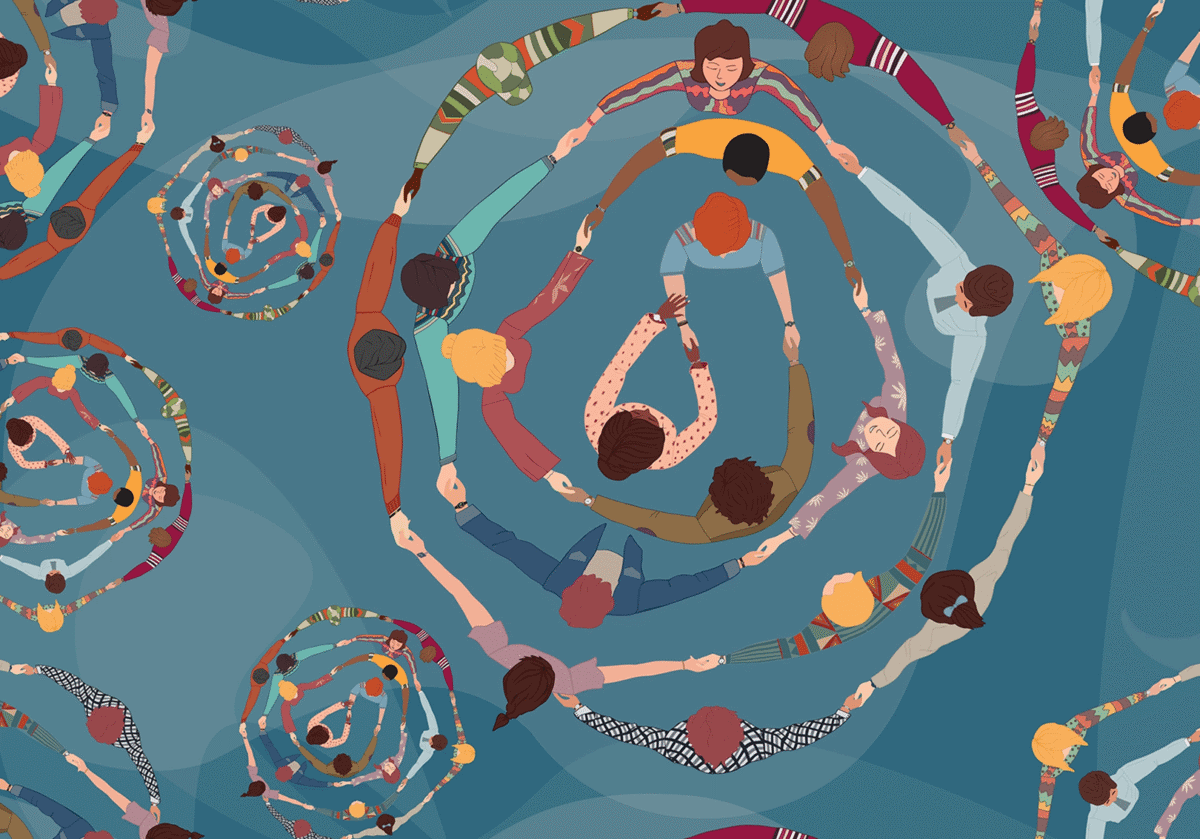“I’ll do it later. No. Really. I will.”
“Why do it today when I can do it tomorrow.”
“Oh, things came up.”
“I got so much done today! But no, I didn’t get to that….”
Just do it already!
Well, if it were that easy, then we wouldn’t see so many clients seeking coaching services for help combatting procrastination.
So how can a coach help when a client’s goal is to address their procrastination?
Sure, we can explore techniques like tomato or Pomodoro timers, urgent/non urgent matrixes, focus sprints, eat a frog. And yes, what needs to get done may get done but if we stop at this surface level coaching, chances are the issue will persist.
Why? Because the issue behind the issue has not been addressed.
In this article I invite you to take a look at procrastination through a different lens. I will borrow the theory and concepts of Cognitive Behavioral therapy to explore how a coach’s understanding of these concepts can be a powerful resource to help clients. We’ll also look at two exercises you can use with your clients.
First, let’s define Cognitive Behavioral Therapy:
According to the Beck Institute, “CBT is based on the theory that the way individuals perceive a situation is more closely connected to their reaction than the situation itself.”
Next, understand the behavior.
To help your client work toward implementing long-lasting behavioral change, you need to dig. DEEP.
Why? Because generally speaking, people don’t procrastinate in actual avoidance of the task at hand. Many factors lead to procrastination, and while there is not usually a single cause, there is a common denominator: It is not the task itself.
The task is neutral.
What leads to procrastination is the judgment of the task and the associated thoughts and emotions that go with it (reaction). If the task is perceived to be unpleasant, unnecessary, etc., it’s more likely to be associated with emotions like fear, causing the client to avoid or delay doing the task.
In other words, your client is trying to avoid the negative feelings that they have associated with the task, not the task itself.
Underlying unpleasant thoughts and emotions can occur for many reasons, including:
- Action conflicts with personal values (cognitive dissonance)
- Fears and Anxiety (of success, failures)
- Overwhelming Stress (unrealistic expectations, not SMART goal, perfectionism)
- Limiting beliefs, lack of self-confidence and self-esteem
- No identified motivators, lack of meaning and purpose
Remember to refer your client to an appropriate health care professional or resource if you feel or they have disclosed something that goes beyond the scope of coaching.
With this new perspective in mind, how can a coach help?
Procrastination is the obstacle to achieving a goal, but the underlying mechanisms (reaction to and judgment of the task) driving the behavior are the obstacles to overcoming procrastination.
A coach can help a client better understand, recognize, identify, label and work on the underlying mechanisms driving the behavior. By doing so, the client not only gets done what they need to (which achieves the goal, but doesn’t solve the underlying issue),but also cultivates learning and new thinking that can lead to long lasting behavioral change – procrastination does not have to be a life-long, recurring issue.
2 exercises that can help you and your client.
- Challenge the Thoughts (using the concept of Rational Emotive Behavior Therapy)But remember: you are not providing treatment or therapy. These CBT concepts can, however, help guide your questions, evoke awareness, cultivate new learning and thinking, implement change and design action plans.
Let’s look at an example for this activity:
Object of procrastination (task, goal to be accomplished, etc.): Applying for a job.
Automatic thoughts (judgments): I don’t think I am qualified (self-doubt).
Related emotion (reaction): I feel discouraged, unmotivated.
Alternate way of thinking: Maybe I should give myself a chance – I do have [x] years of experience.New effect: I feel more confident, motivated and ready to apply.
- Challenge the Behavior
Continuing the example above, let’s look at how to challenge the behavior of procrastination.Task that needs to get done: Apply to that job.
Why does that task need to be done? (keep asking why until you get to the underlying motivator): Because I need more money. Why? Because I want to pay off my mortgage. Why? etc. etc.
Current method / approach: Postpone the task every day.
How is that approach working/not working: Not working – I still have not applied for the job and am constantly thinking about it.
Obstacles / Challenges: I don’t feel good about my resume – it is outdated and I need some help.
Possible New Approach (or use of old approach if working): I am meeting with a resume strategist to help me with my resume and setting a SMART goal.
I hope this article has ignited a shift in thinking, a different way of approaching and helping clients through procrastination and provided additional tools for your coaching toolbox!
Disclaimer
The views and opinions expressed in guest posts featured on this blog are those of the author and do not necessarily reflect the opinions and views of the International Coach Federation (ICF). The publication of a guest post on the ICF Blog does not equate to an ICF endorsement or guarantee of the products or services provided by the author.
Additionally, for the purpose of full disclosure and as a disclaimer of liability, this content was possibly generated using the assistance of an AI program. Its contents, either in whole or in part, have been reviewed and revised by a human. Nevertheless, the reader/user is responsible for verifying the information presented and should not rely upon this article or post as providing any specific professional advice or counsel. Its contents are provided “as is,” and ICF makes no representations or warranties as to its accuracy or completeness and to the fullest extent permitted by applicable law specifically disclaims any and all liability for any damages or injuries resulting from use of or reliance thereupon.
Authors
Post Type
Blog
Audience Type
Coach Educators, Experienced Coaches, External Coaches, ICF Chapter Leaders, Internal Coaches, New Coaches, Professional Coaches, Team and Group Coaches
Topic
Coaching Toolbox, Discover - Your Coaching Career
Related Posts
Belonging Beyond Numbers: How ICF Demographic Trends Are Shaping the Future of Coaching
What does it really mean to belong? For the International Coaching Federation…
Professional Coaching Relationships That Work: Respect, Boundaries, and the Art of Mutuality
This post comes from Dr. D. Ivan Young, an ICF Business Solutions…
Staying OPEN: A Coach’s Framework for Working With Bias
As coaches, we take pride in staying present, holding space, and trusting…








